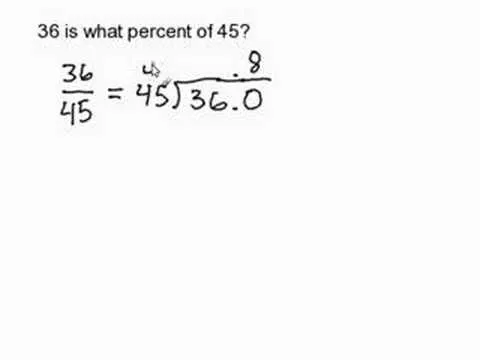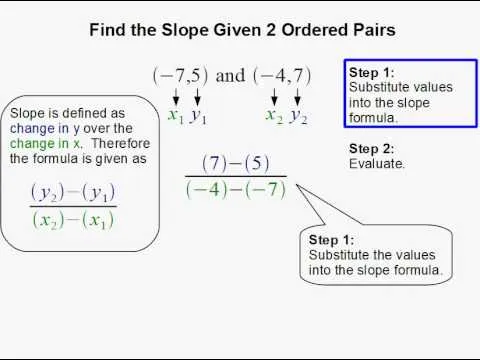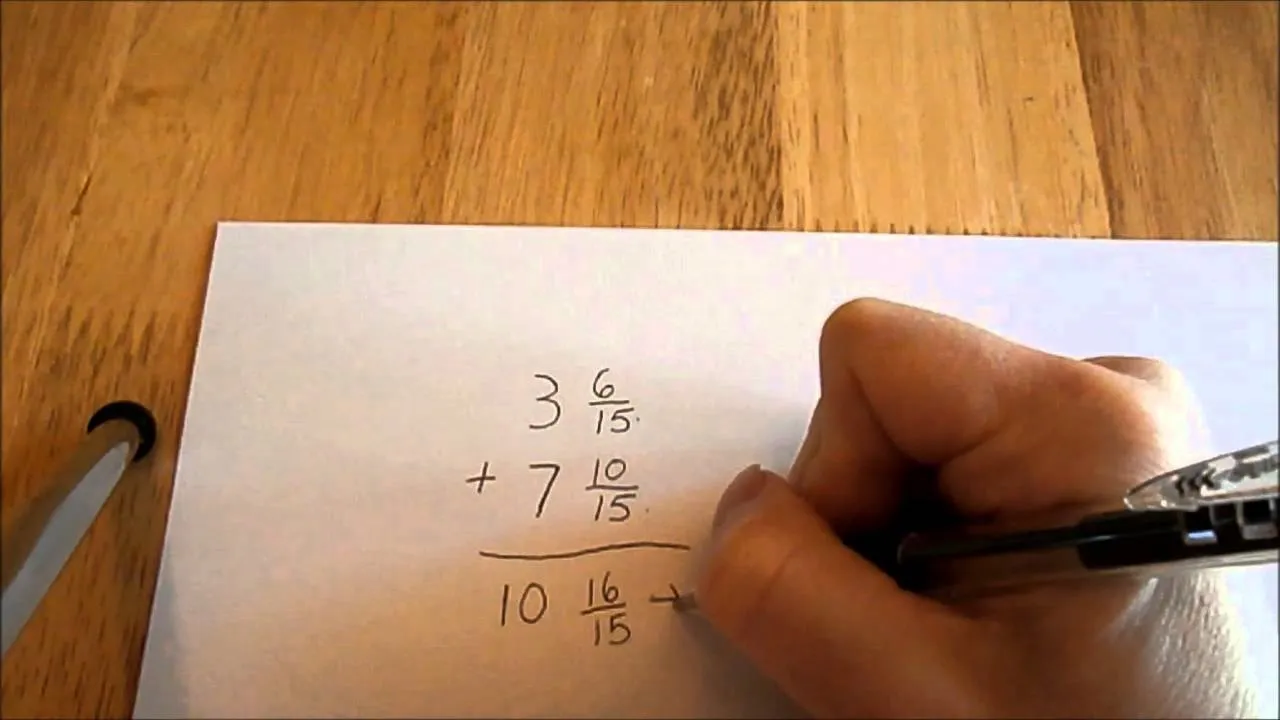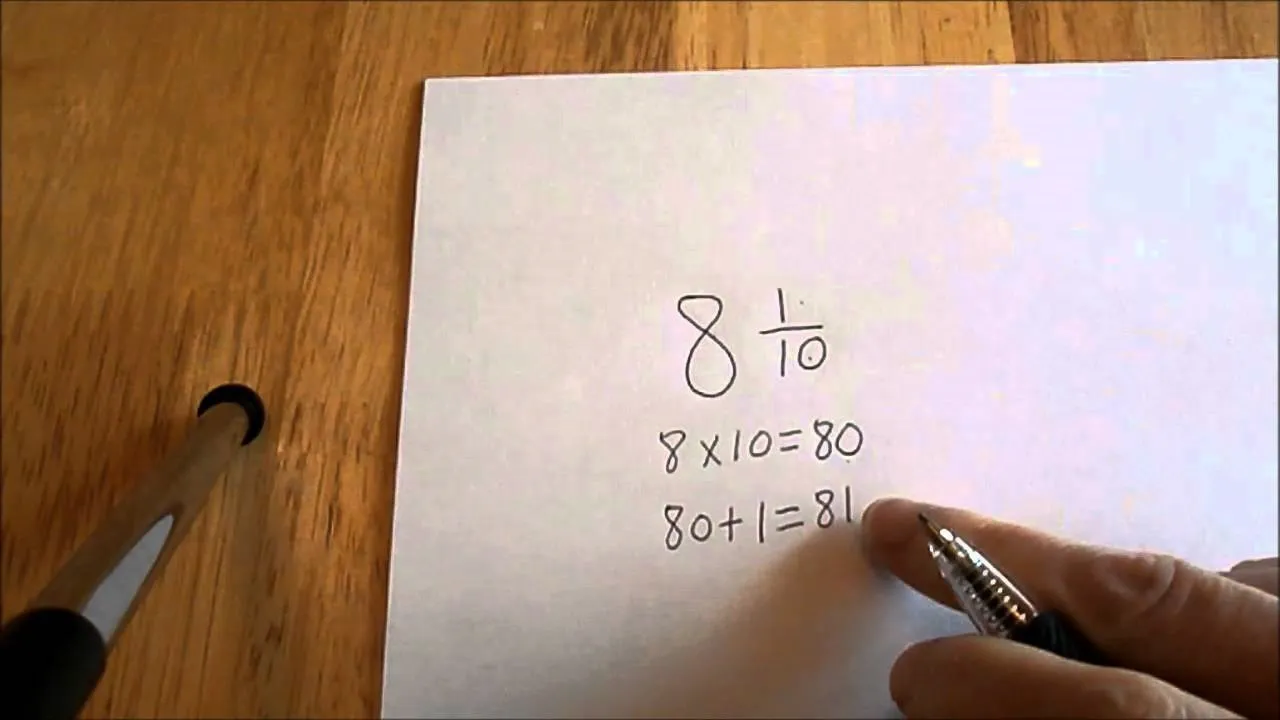Pythagoras was a smart man, so smart that his mathematical theory is named after him and still used today, more than 2,000 years later: the Pythagorean theorem. It implies that the square of the hypotenuse of a right triangle is equal to the sum of the squares of the other two sides. The Pythagorean theorem is a cornerstone of geometry. Here's how to use it.
You Will Need
* Right triangle
* Lengths of 2 sides
* Calculator
Step 1: Determine the lengths of the short sides
Determine the lengths of the two short sides of a right triangle.
Step 2: Calculate the squares
Calculate the squares of each of these lengths.
The square of a number is the number multiplied by itself. The square root of 64, for example, is plus or minus 8, because plus or minus eight multiplied by itself equals 64.
Step 3: Take the square root of the sum
Add the squares together and take the square root of the result using a calculator. The resulting value is the length of the longest side, which is called the hypotenuse.
If the lengths of the two shorter sides of a right triangle are 5 inches and 12 inches, the length of the hypotenuse is the square root of (25 plus 144), or 13 inches.
Step 4: Calculate the lengths of short sides by analogy
Given the length of one of the shorter sides and the length of the hypotenuse, subtract the square of the short side from the square of the hypotenuse and take the square root.
Pythagoras' theorem was probably known to the Babylonians a thousand years before it was attributed to Pythagoras, who lived from about 569 to 475 B.C.E.

























Comments
Be the first, drop a comment!